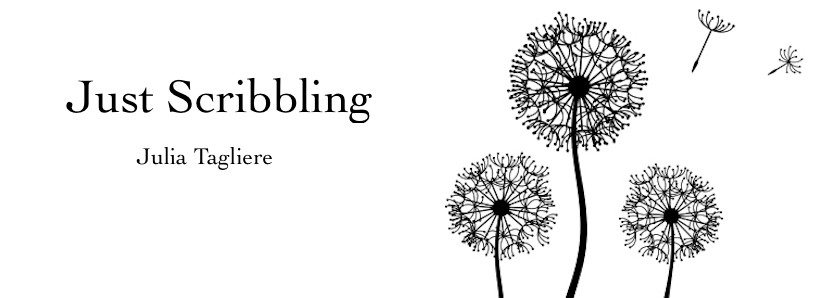Wow–hope you’ve got time for a longer read, because I’ve got a lot to say today. First, I should find out today how my expert is doing with the conversion and upload; sounds as though the Go-Day may be approaching. With that in mind, I’ve been engaging in a flurry of promotion preparations, many of which came out of a fantastic writers’ retreat this weekend.
My head is spinning so fast, it’s a wonder I haven’t been stopped for a DWI–yet. Since Monday, I’ve revised my website; updated my Twitter background with my book cover; fleshed out my Goodreads profile; signed up for ifttt.com/ and adopted a handful of recipes (holy crap, that site is cool!); arranged a publicity consult with a contact through the writers’ retreat; set up a launch party discussion with a local force of nature who expressed an interest in helping me with it–I can’t even remember all the platform-building steps I’ve taken this week!
Hopefully, it will all help, because Widow Woman is on its way, and soon.
So. Continuing my interest-building efforts, one of the tips shared at the retreat was to share with readers the stories behind the story. Of course, I know that’s true–I’m a reader myself and I love to hear how a writer’s work came into being. So in that vein, as the release date for Widow Woman draws near, I want to share with you some of what went on behind the scenes as I wrote this book.
Often, one of the first things readers want to know is “How did you come up with the idea for this book?” Well, in this case, my book is a work of fiction. Having said that, however, it’s also true that there are some things in it that, while fiction at their core, were inspired by things that happened in my own life.
One of the early scenes of my book involves the death of the main character’s mother. The following excerpt was very much inspired by my memories of scattering my own mother’s ashes back in the spring of 1997, in the lovely, rolling hills near my uncle’s cabin in Virginia:
For long moments, only the hum of the swaying birch trees broke the silence, whispering a dirge for my mother. Eventually, Peter gave another little cough: the time had come.
Stepping back from Catherine, I opened the urn, startled by the sight of a silken, drawstring pouch. When I wrapped my fingers around it, it felt full of coarse sand or cement. That’s what I thought, at first: The funeral parlor had played a cruel trick. No wonder the urn felt so heavy. Then I realized with a grim start that it was no joke: that bag of sand or cement or ashes was all that was left of my mother.
It took me several attempts to widen the pouch’s mouth. As I fumbled with the strings, I realized how much I’d romanticized the concept of scattering Mom’s ashes: I’d envisioned her floating off into the sapphire sky, dissipating on the breeze, like a dandelion gone to seed. The awful reality entailed upending the pouch a little at a time, shaking her remains unceremoniously into the brittle, brown grass at my feet. When I’d emptied the pouch, I couldn’t stop staring at the chunky, grey dust clumped on top of the dead weeds and wildflowers.
Suddenly I wondered what to do. Shove the pouch in my coat pocket? Crumple it up and throw it in the garbage back at Mom’s house? My stomach jolted. What if a few flecks of Mom still clung inside it? What parts of her would they be? Her hand? Her smile?
In my interview for “It’s A Woman’s World,” I spoke of how cathartic much of my early writing was, and this scene, though part of a larger work of fiction, was, also–it allowed me to release some very difficult and somewhat surreal memories in a way that allowed me to make sense of them.
Anyway, I hope that that whets your appetite a little. If you’d like to know more about the book, its back story, my inspiration, secrets behind my character development, drop me a line.
